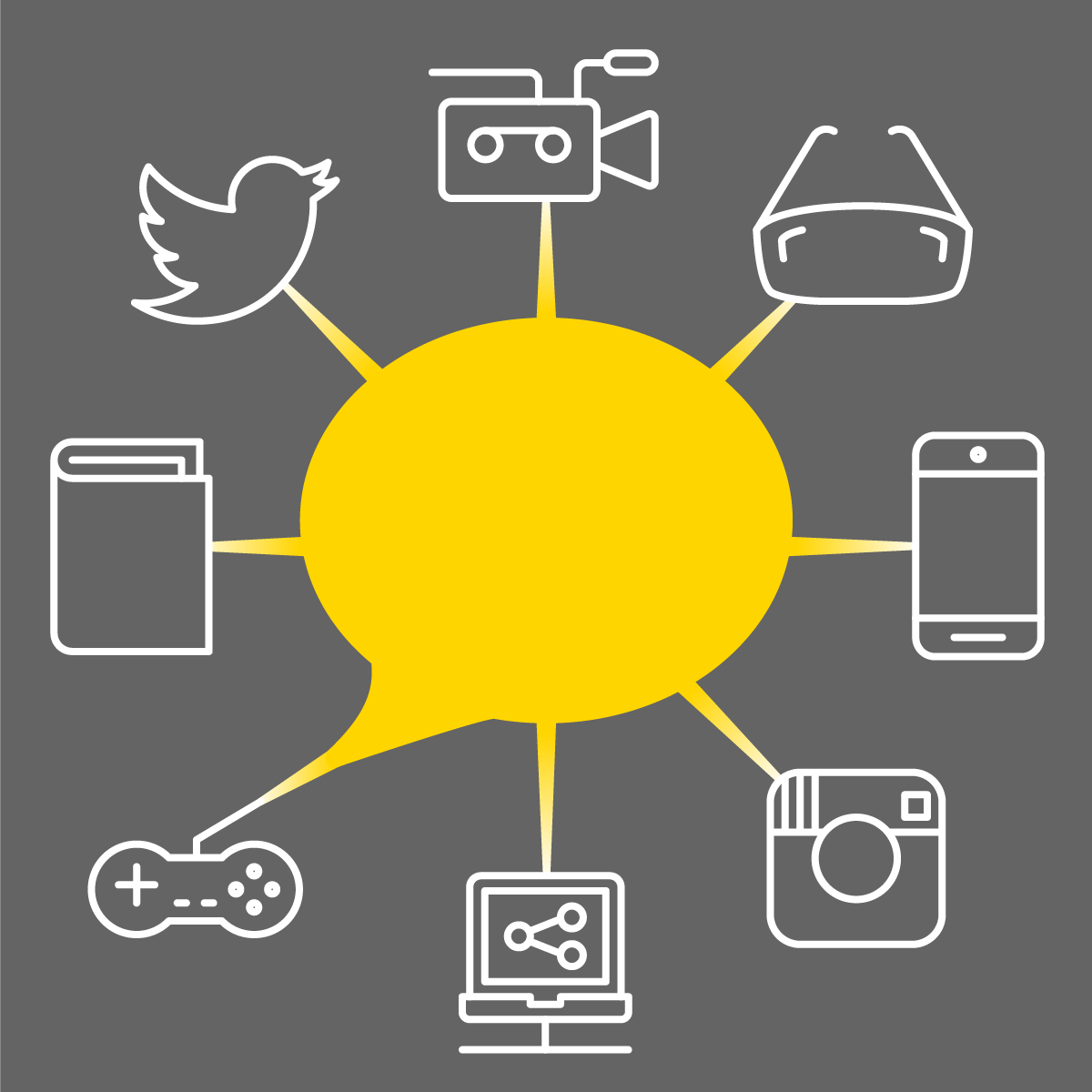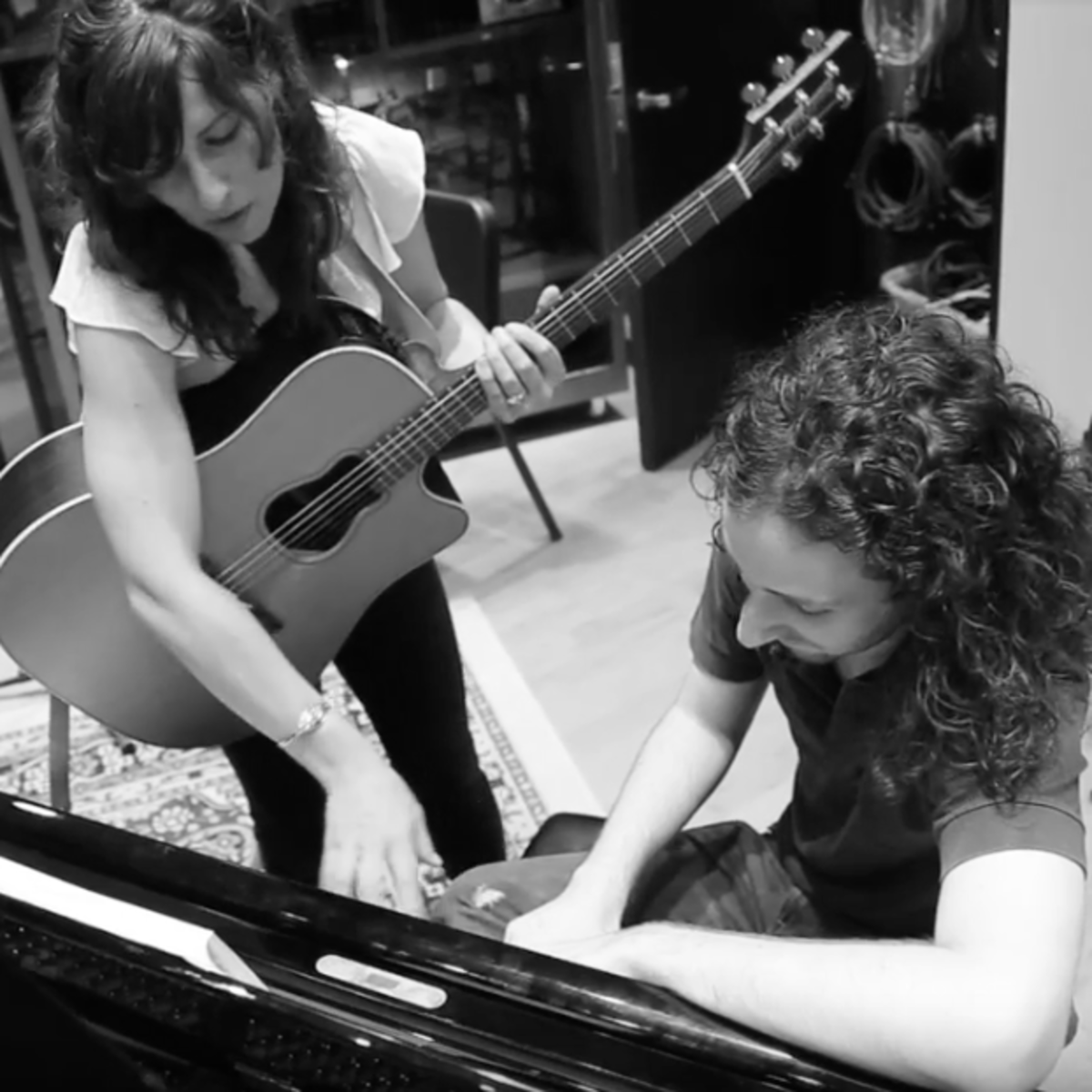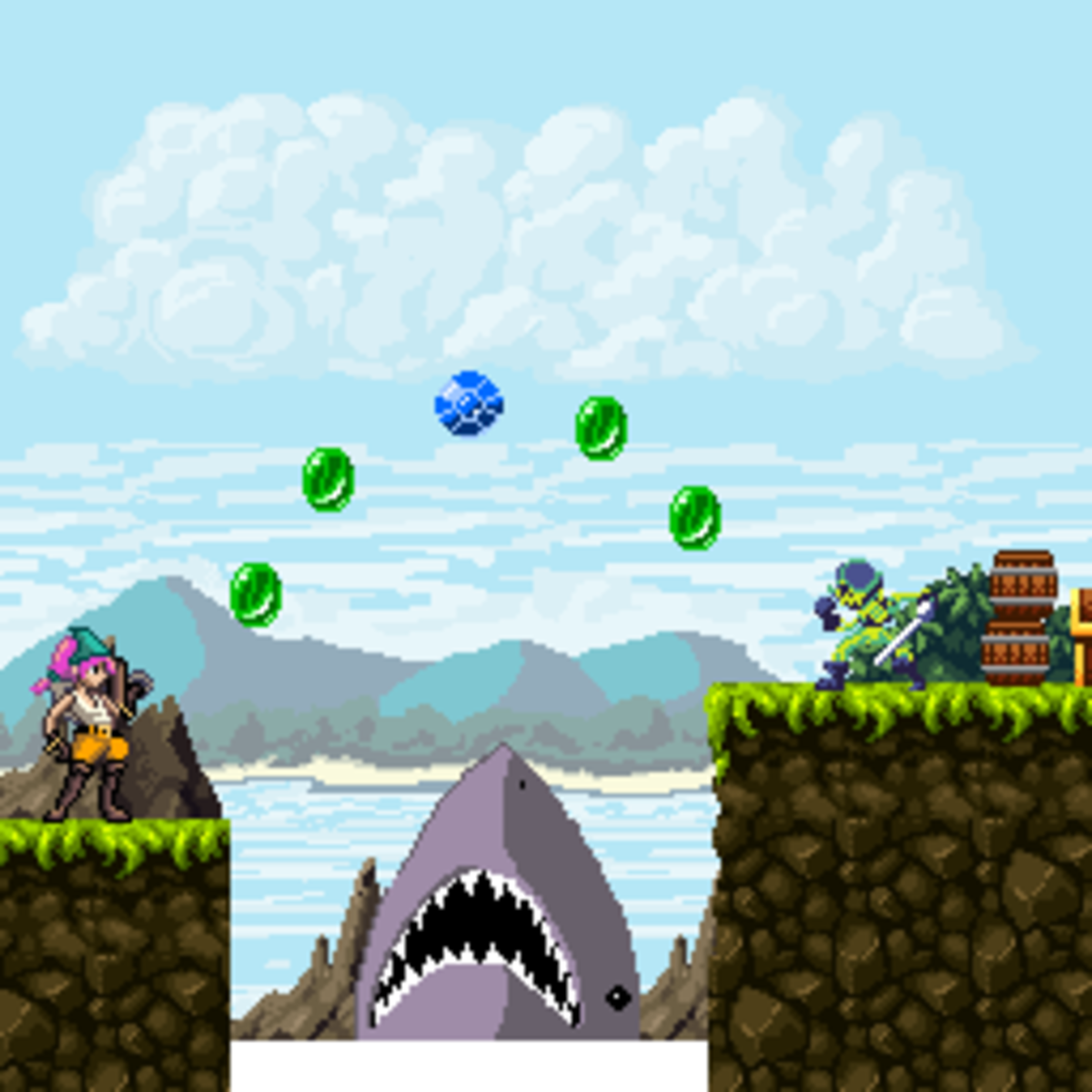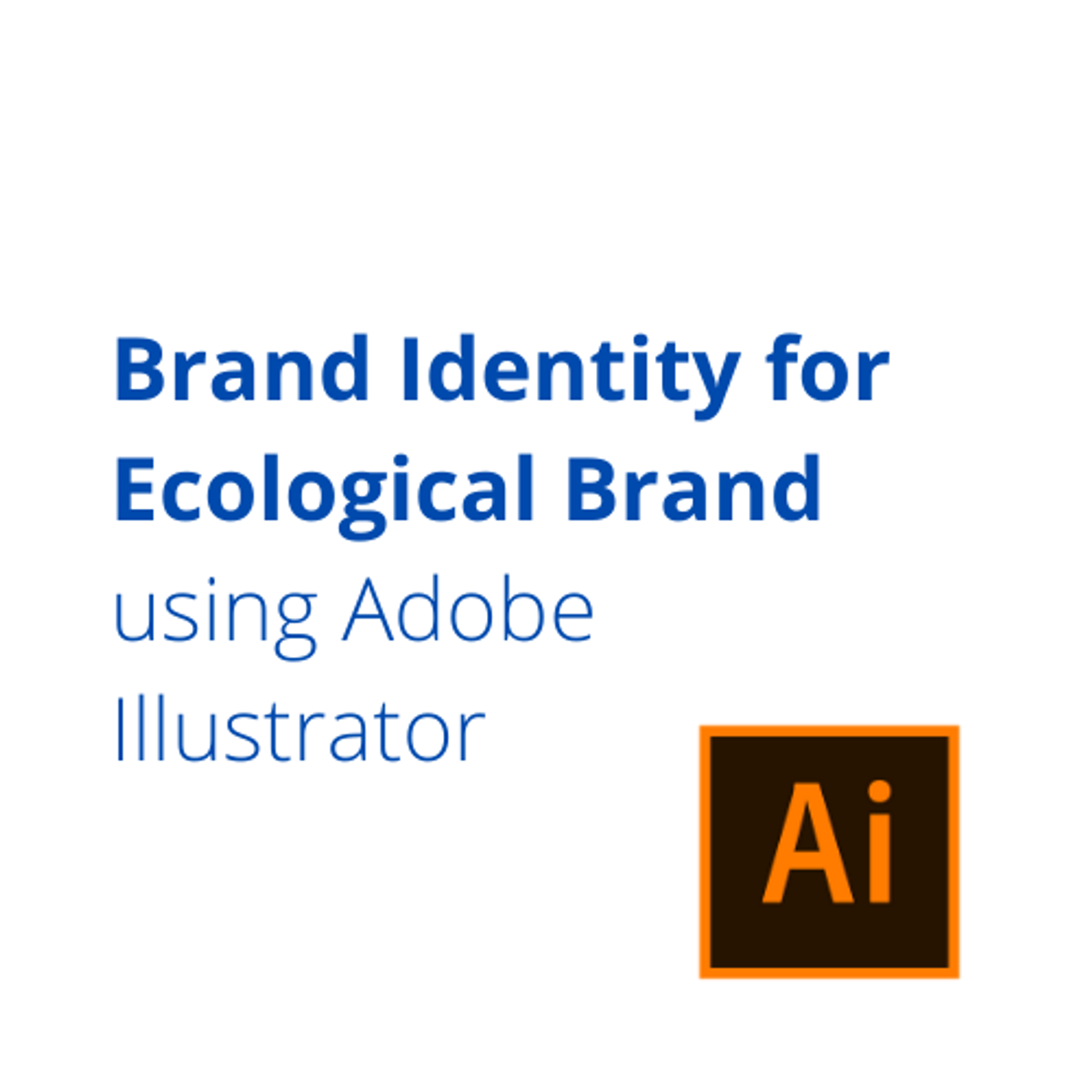Back to Courses









Music And Art Courses - Page 22
Showing results 211-220 of 257

Agent-based Generative Art | NetLogo
"Generative art refers to any art practice where the artist creates a process, such as a computer program, which is then set into motion with some degree of autonomy contributing to or resulting in a completed work of art." - Wikipedia
In this guided project you will develop an agent-based computer program capable of generating visual art pieces. By doing so you will be introduced to the basics of ABM and NetLogo. Furthermore, at the end of this journey you will be able to share such pieces with the world.
Transmedia Storytelling: Narrative worlds, emerging technologies, and global audiences
Transmedia storytelling is the practice of designing, sharing, and participating in a cohesive story experience across multiple traditional and digital delivery platforms - for entertainment, advertising and marketing, or social change.
Have you ever read a book, seen a movie, watched a television show, or played a game that centred around different aspects of a larger story or universe? You may be familiar with popular examples of such universes like Star Wars, Marvel, and The Walking Dead (to name a few).
How do the professionals develop such expansive narratives? How do they ensure that each element stays true to the original story? How do they innovatively use different technologies to share the stories, grow audiences and create an active and involved community of fans?
More and more, we are also engaging with elements or franchises of larger and more complex stories across a much more diverse range of platforms like interactive web experiences, social media communities, mobile devices, theme parks, and even augmented and virtual reality. A major challenge that current and future storytellers face is being able to engage different audiences in a story that is seamlessly told across all of these different platforms.
WHAT WILL I LEARN?
This course will help you to design a strategy for developing and telling your own transmedia story. You will learn about what it takes to:
• Shape your ideas into compelling and well structured narratives and complex story worlds
• Identify, understand, and engage different audiences in your stories
• Create cohesive user experiences across different platforms
• Evaluate existing and emerging technologies to share your story with the world, and help your audience participate in the larger storyworld you create
The course provides you with a unique, authentic, and industry relevant learning opportunity. You will have access to current theory, industry examples and advice and undertake learning activities that will equip you with the tools you need to start developing your own ideas.
WHO WILL MY INSTRUCTORS BE?
You will learn effective transmedia design strategies from leading UNSW Australia Art & Design academics. You will also examine case studies that demonstrate how amazing ideas, technology and audience contributions can be brought together to create dynamic storyworlds. You'll see examples of major, successful transmedia storytelling projects involving movies, digital entertainment, gaming, virtual reality and more. In collaboration with our industry partner X Media Lab, the course will give you inside access to the personal stories, insight and advice of the following innovative transmedia storytelling professionals from Hollywood USA, Canada and Australia.
• Susan Bonds, 42 Entertainment, Los Angeles, USA
• Flint Dille, Screenwriter, Game Designer and Novelist, Los Angeles, USA
• Cindi Drennan, Illuminart, Australia
• Tom Ellard, UNSW Art & Design, Sydney, Australia
• Catherine Fargher, Dr Egg Digital, Sydney, Australia
• Hal Hefner, 3AM Creative, USA
• Brian Seth Hurst, StoryTech, Los Angeles, USA
• Henry Jenkins, School for Communication and Journalism, University of Southern California, USA
• Mikey Leung, Digital Storytellers, Sydney, Australia
• Alex Lieu, 42 Entertainment, Los Angeles, USA
• Geoffrey Long, Annenberg Innovation Lab, University of Southern California, USA
• John McGhee, UNSW Art & Design, Sydney, Australia
• Joseph Narai, Transmedia Entertainment, Sydney, Australia
• Jeff Nicholas, The Uprising Creative, Los Angeles, USA
• Sergio Paez, Graphic Artist working in animation, TV, video games, and film. Co Founder, StoryboardArt, California, USA
• Steve Peters, No Mimes Media, Los Angeles, USA
• Stuart Samuels, Stuart Samuels Productions, Toronto, Canada
• Charles Santoso, Concept Artist, Sydney, Australia
• Seth Shapiro, New Amsterdam Media, Los Angeles, USA
• Scott Snibbe, Eyegroove, San Francisco, USA
• Tracey Taylor, The Pulse, Sydney, Australia
• Robert Tercek, Public Speaker, Digital Media Strategist, and Executive Leader for Creative Ventures and Business Innovation, • University of Southern California, USA
• Kevin Williams, Founder & Director of KWP Ltd and DNA Association, UK
• Brent Young, Super 78, Los Angeles, USA
• Maya Zuckerman, Transmedia SF, San Francisco, USA
COURSE CONTENT DEVELOPMENT
Karin Watson, Iman Irannejad, and Dr. Simon McIntyre.

Building Your Career in Music: Developing A Brand and Funding Your Music
This course shares practical tips and strategies to help you take your first step into launching your career as a musical artist. We’ll cover everything from developing your unique identity as an artist and how to lead a band all the way to planning and recording your first independent record with the help of crowdfunding.
The course curriculum is modeled from the real-world experience of Leah Waldo (also known as the emerging country artist, Elisa Smith) and features interviews with industry executives, artists, producers, and engineers — all designed to help you navigate the music industry.

Introduction to Adobe Photoshop Tools - Volume 1
In any task a person can undertake, it’s important to have the right toolset available to you. A hammer for driving nails, a drill perhaps, or a screw gun for attaching screws and other fasteners. The same is true in the art world.
That said when being introduced to a new program, it can be a bit daunting. Especially with software that has a dizzying array of tools like most Adobe products. In this project, you’ll have the opportunity to become familiar with five of the tools, and some other associated tools and overlays.
By the end of this project, you will have developed a familiarity with five critical tools used in almost every Adobe Photoshop project.
Pixel Art for Video Games
This course is aimed to give you the tools and knowledge you need to start creating simple art for video games made in the Unity game engine. Through the aesthetic of pixel art we will explore artistic principals like shape language, color theory, and composition as well as show you a step by step workflow for creating assets that you can use to make your own games. The course is broken into 4 main modules, props, environments, characters, and animation. Each of these courses will have a series of video lessons alternating between artistic and technical skills culminating in a peer-reviewed project based assignment. The last module will challenge you to take the knowledge learned in the previous 4 and use it to create your own pixel art asset pack.
This course is aimed at art novices who are interested in creating art for their own games or contributing to game projects. If you are a game designer or programmer, you will find this course helps give you a glimpse into the world of game art. You will be able to better work with artists, or create your own prototype or final artwork. If you are an artist or visual designer who is interested in bringing your style to the world of video game development, this course will give you the workflow to properly interface with a game engine and help contextualize how your artistic sensibilities can enable gameplay.
If you have ever wanted to start making art for video games but have no idea how to start, this course is the perfect for giving you a solid foundation while teaching you usable practical skills. Our goal is to give you a sense of the whole pipeline from creation to setting up in a game engine.

Creative Writing: The Craft of Plot
In this course aspiring writers will be introduced to perhaps the most elemental and often the most challenging element of story: plot. We will learn what keeps it moving, how it manipulates our feelings, expectations, and desires. We will examine the choices storytellers make to snag our imaginations, drag them into a fictional world, and keep them there. We will learn how to outline and structure a plot, discuss narrative arc, pacing and reversals and reveal the inevitable surprise: connecting the beginning, middle and end.

Creative Writing: The Craft of Style
Your style is as unique and distinctive as your face, your voice, except that you can choose it, you can can work on it, enhance it. In this course we will introduce aspiring writers to the art of putting pressure on written language. We will study the use of metaphor and imagery, and demonstrate how clarity, grace, and inventiveness in word choice are imperative to a story’s success. Writers will emerge with the revision skills essential to all writers of good stories and good prose.

Brand Identity for Ecological Brand using Adobe Illustrator
By the end of this project, a brand identity for an Eco-friendly brand called Green Steps will be designed. So as a result, in this brand identity, a logo and its variations, a pattern and a color palette will be designed.
Then these brand elements will be implemented on a mock-up of the grocery bag, letterhead, envelope, notebook, business card, tablet, and employee tag. Then the final stage will be designing a mood-board that includes all the brand elements and the mock-up of the grocery bag.
This is to showcase the client the brand’s mood and how the final outcome will look like at the end.
This project is for intermediate graphic designers that are interested in branding and logo designing, who already have the basics of Adobe illustrator.
As a designer, learning to create a brand identity will help you in your career, as everyday new brands are willing to join the market and need the help of designers to create a unique identity to their brands, in order to be able to stand up in the market.
Moreover, implementing this brand identity on a mock-up and a mood-board will help you as designer to present your ideas and designs to the client, thus giving them a realistic image on the brand’s final outcome.

What is news?
This course will guide you through the basic elements of professional journalism and the news values and ethics of covering real-world issues and events. The overview and examples of the types of news coverage helps introduce the different types of journalism, such as social media, multimedia, print, visual and broadcast, and how professional journalists effectively use each format.

How to align and distribute with Adobe Illustrator
During this project, you’ll use the Align and Distribute panel in Adobe Illustrator to create a poster of solar eclipse phases. You’ll use align and distribute commands to get precise control over the position of each object, relative to the artboard and relative to other vector objects.
By the end of this project, you’ll be comfortable aligning vector objects and text to create clear, informative, and interesting compositions.
Popular Internships and Jobs by Categories
Find Jobs & Internships
Browse
© 2024 BoostGrad | All rights reserved